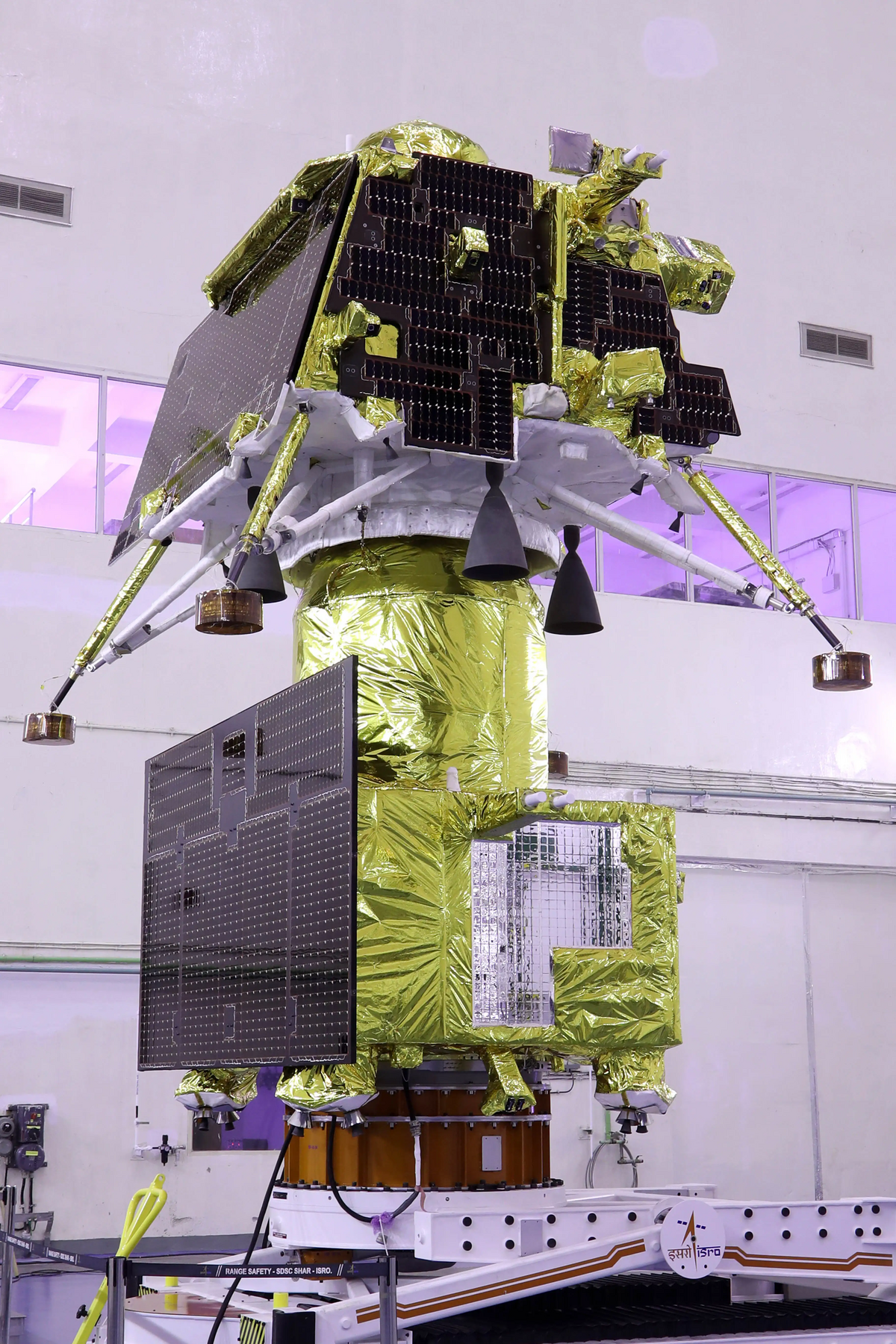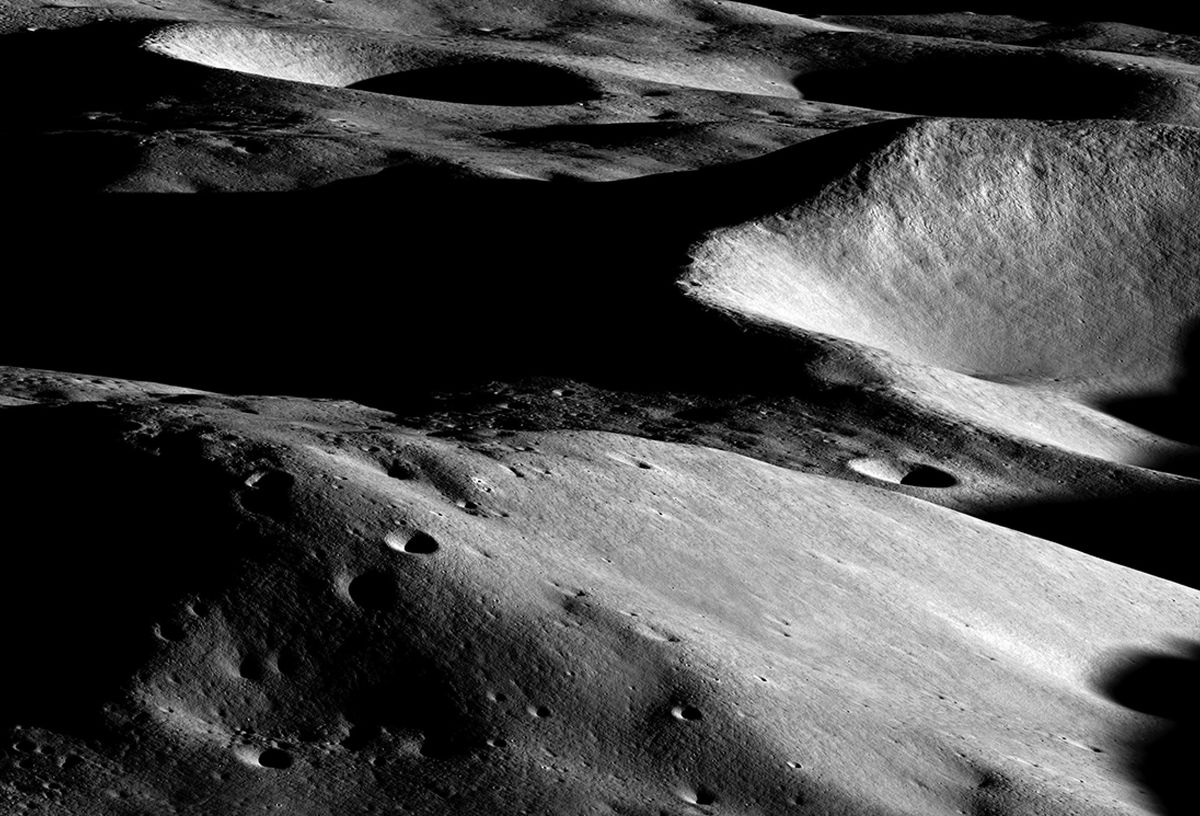I note in the story carried on a competing website that
"The targeted landing site [of the Russian Luna 25] is near the Boguslawsky crater at approximately 70 degrees south latitude in the south polar region of the moon."
That does not seem like "near the south pole" to me. Is that lunar latitude correct for that crater? If so, is that close enough to the pole to expect water ice in shadowed areas that never see sunlight?
I got the impression that the Artemis landing areas would be much closer to the pole. There have been articles about how being at the pole could provide constant sunlight for solar cells, etc. instead of 2 weeks of darkness per month.
So, how do the landing sites for the Russian, Indian and Artemis projects compare?
"The targeted landing site [of the Russian Luna 25] is near the Boguslawsky crater at approximately 70 degrees south latitude in the south polar region of the moon."
That does not seem like "near the south pole" to me. Is that lunar latitude correct for that crater? If so, is that close enough to the pole to expect water ice in shadowed areas that never see sunlight?
I got the impression that the Artemis landing areas would be much closer to the pole. There have been articles about how being at the pole could provide constant sunlight for solar cells, etc. instead of 2 weeks of darkness per month.
So, how do the landing sites for the Russian, Indian and Artemis projects compare?
Last edited:




